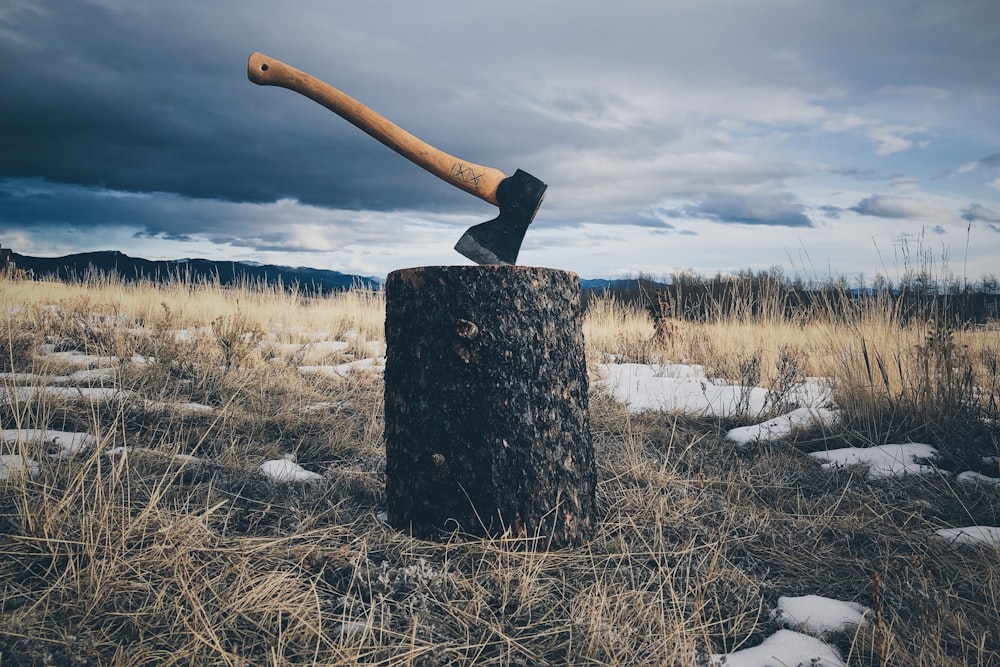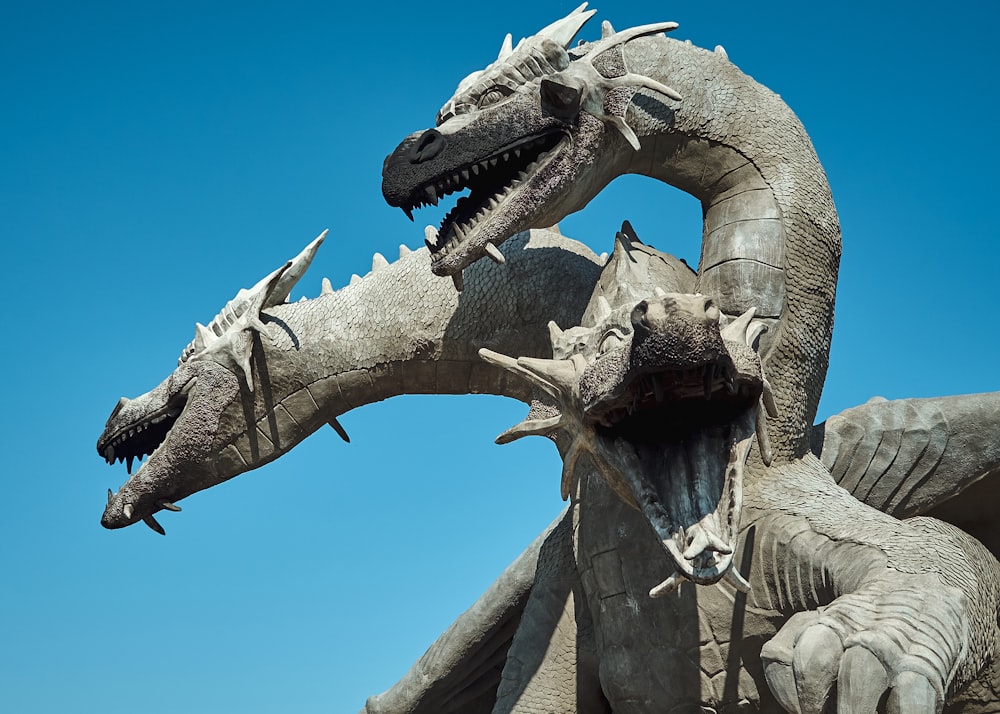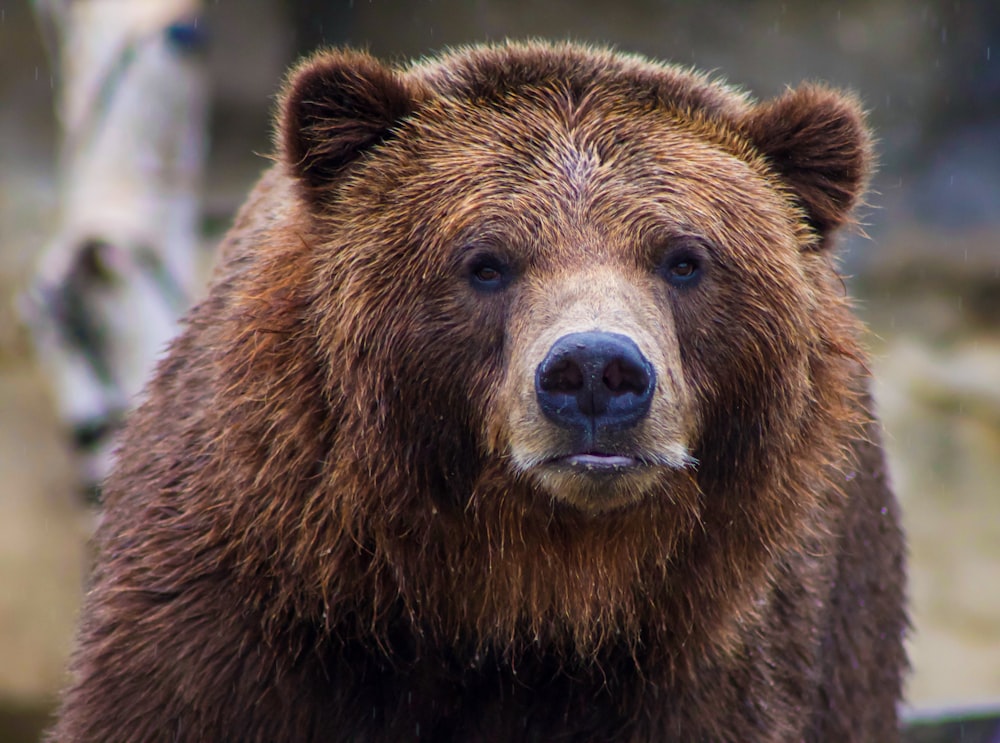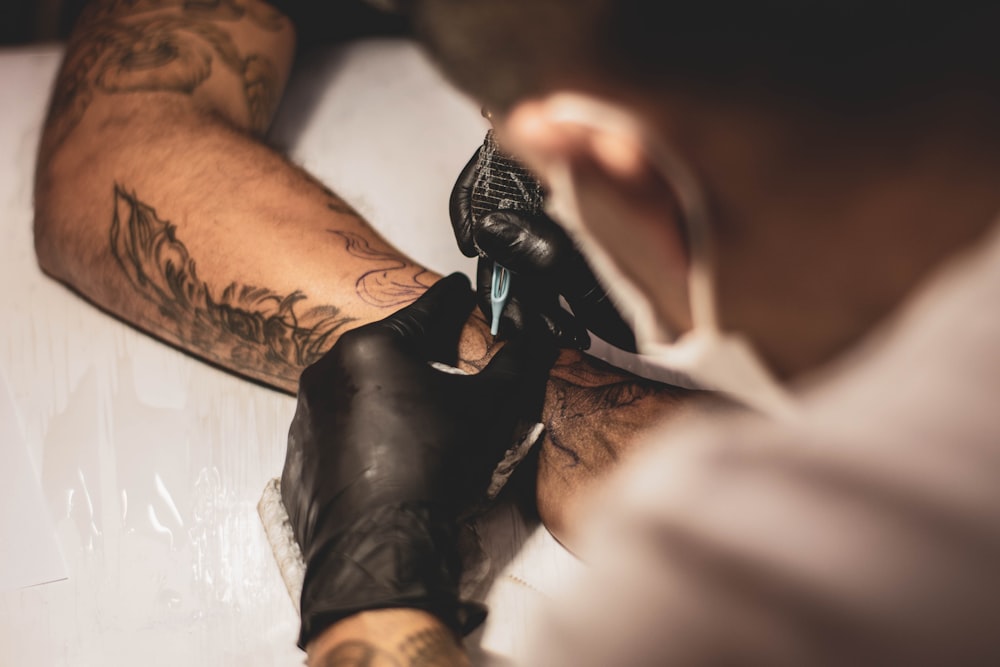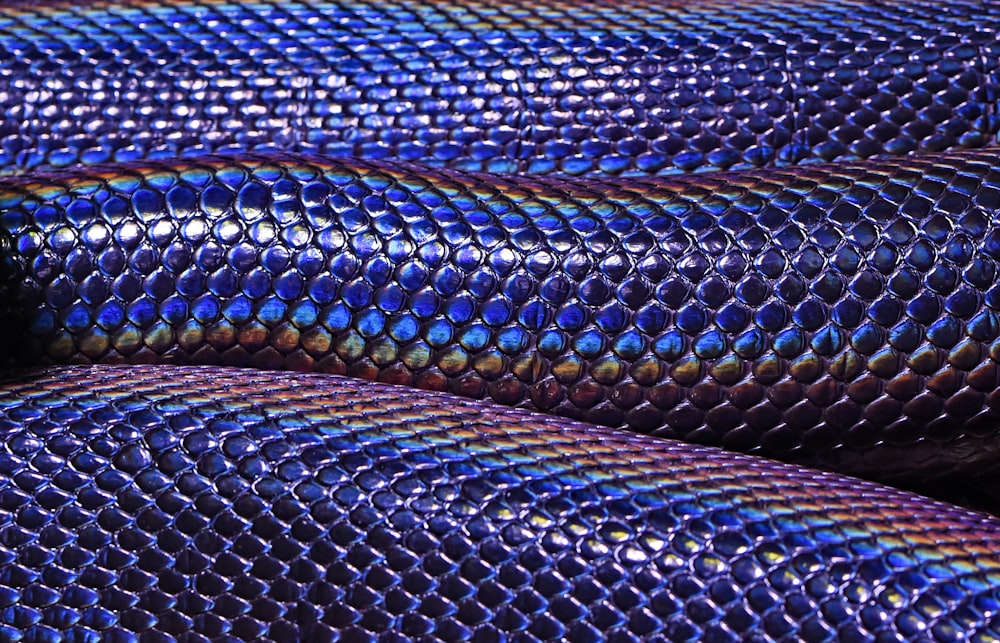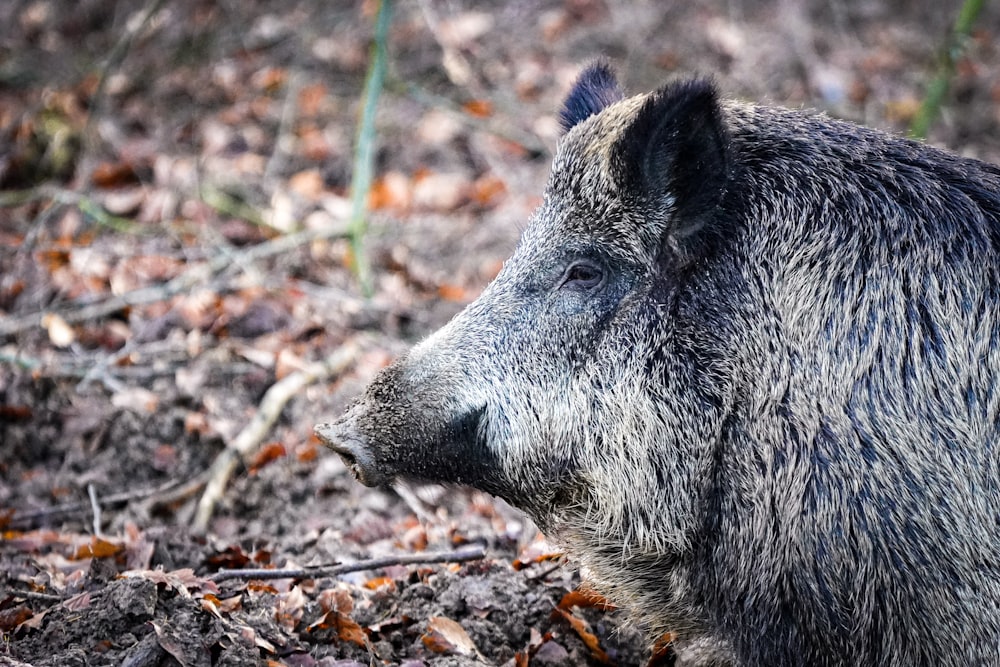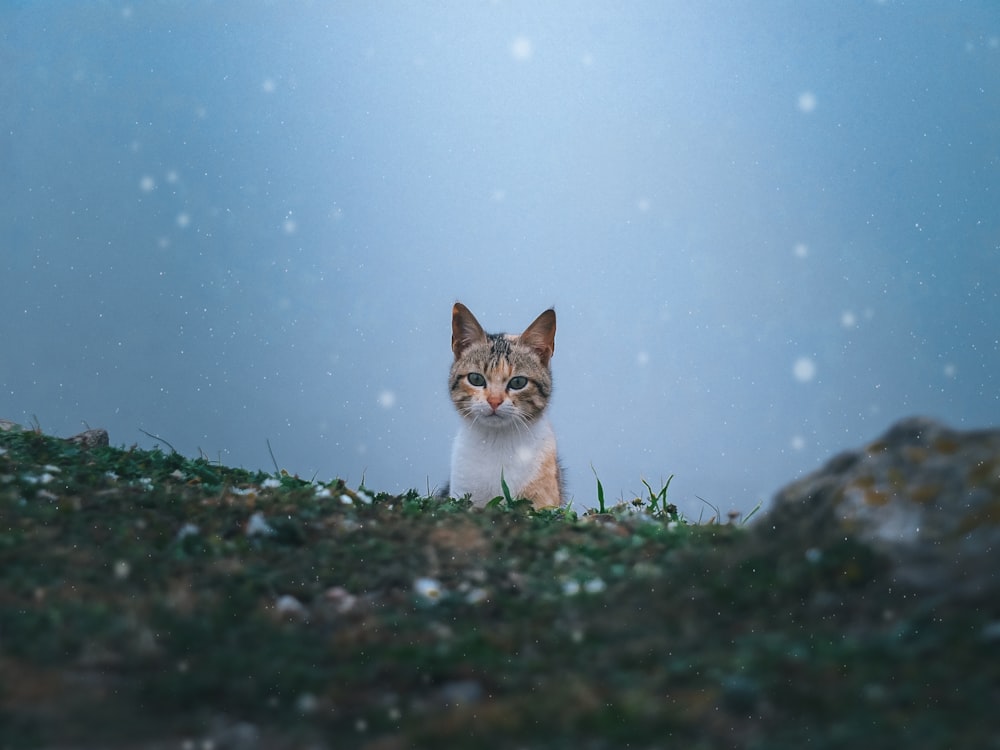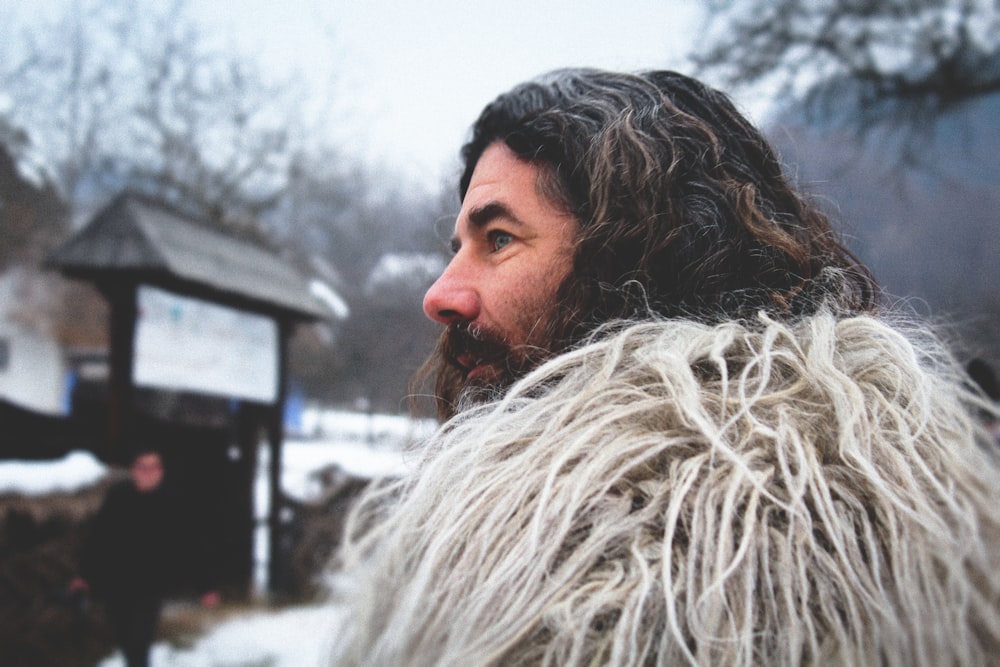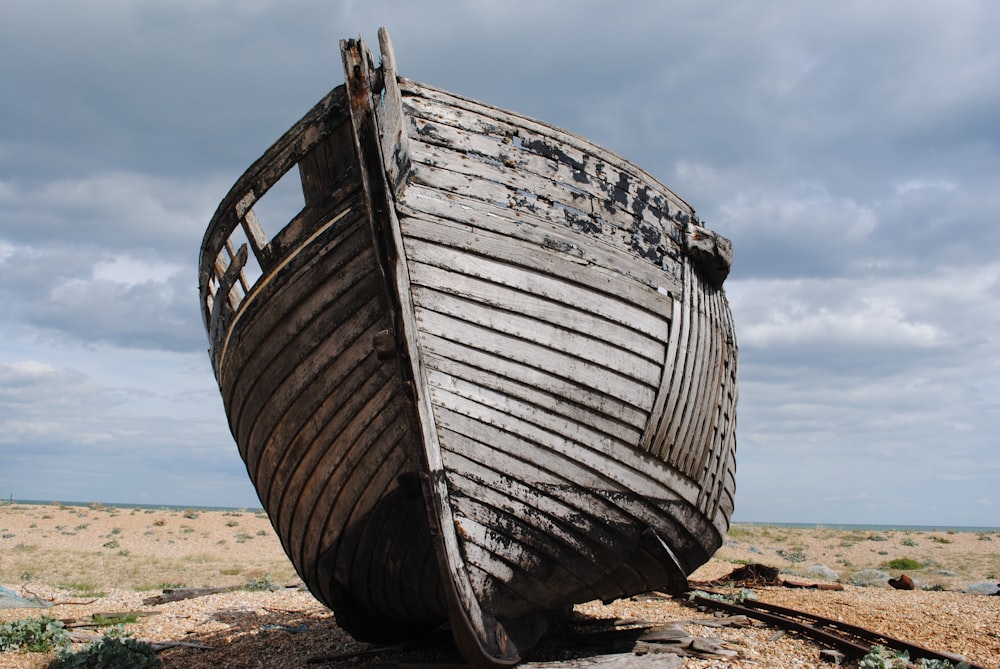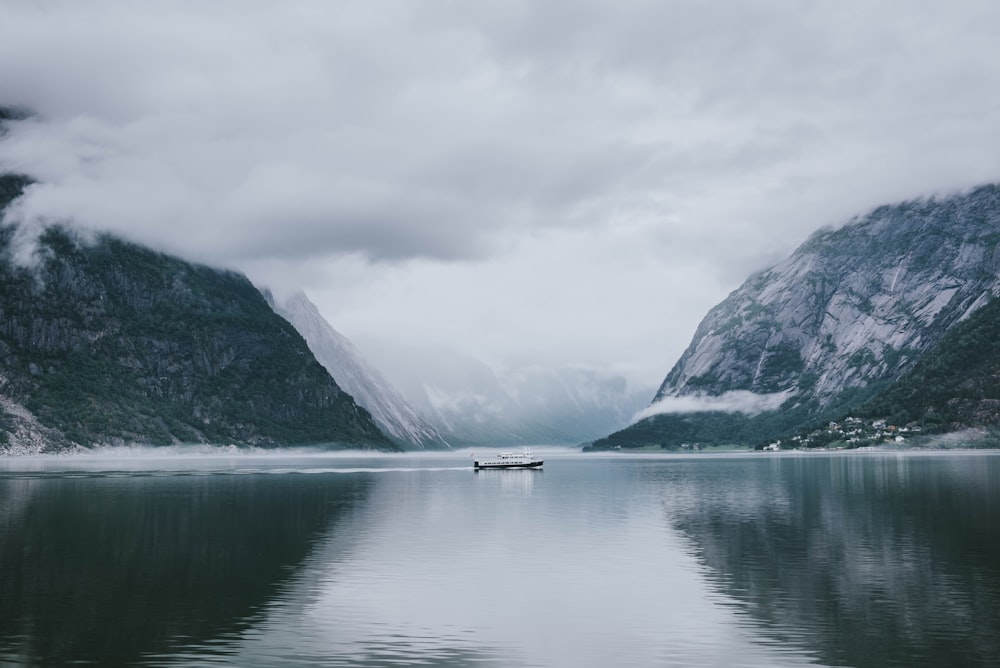Vikings were much smarter than they are portrayed in popular media.
They weaved fascinating stories and crafted meaningful Viking symbols.
Viking warriors were more than vicious brutes who caused bloodshed and sailed through open seas.

They were much smarter than they are portrayed in popular media.
They weaved fascinating stories and crafted meaningful Viking symbols.
These symbols, from the Viking era, can give us a glimpse of their wisdom.

They had a strong connection to nature, certain animals, and their weapons.
This symbol was also associated with the power of serpents who paralyze their prey before striking.
It contains ruins on its point that increase its aim and deadliness through magic.
Unsplash / Steinar Engeland
The image of Gungnir represents power and authority.
Huginn & Muninn, The Twin Ravens of Odin
This is a famous Viking symbol.
Ravens are birds of blood and carnage, but they are also birds of wisdom and intellect.

That is why this symbol represents both brutality and education.
Despite the chaos the weapon was capable of achieving, thissymbolrepresents blessing, consecration, and protection.
Svefnthorn
This is a famous Norse symbol.
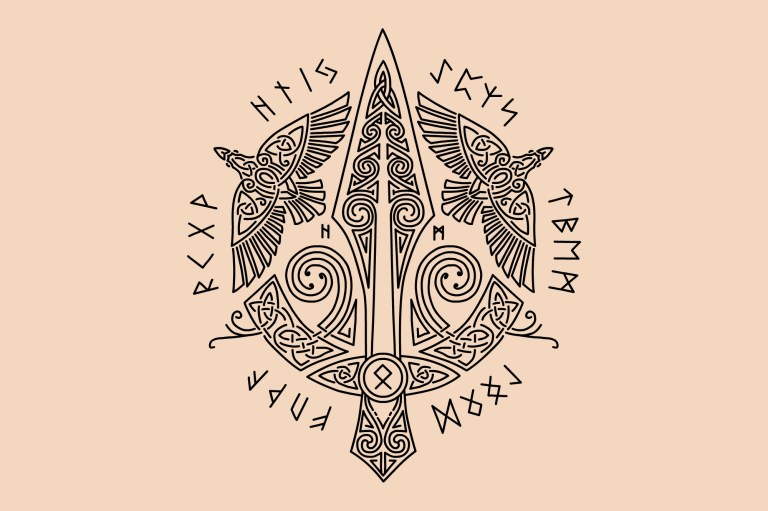
In fact, many hammers had swastikas engraved onto them.
This symbol was meant to symbolize holiness, luck, safety, and prosperity.
However, because the horns belonged to Odin, they also represent wisdom and inspiration.
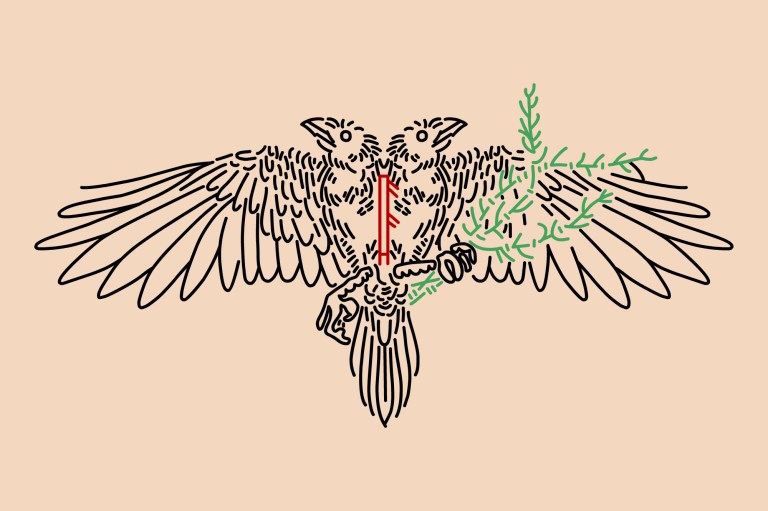
The Troll Cross
The Troll Cross was meant as protection against trolls and elves.
It represents safety and deliverance from harm.
When this symbol was present, the chances of falling into danger decreased.
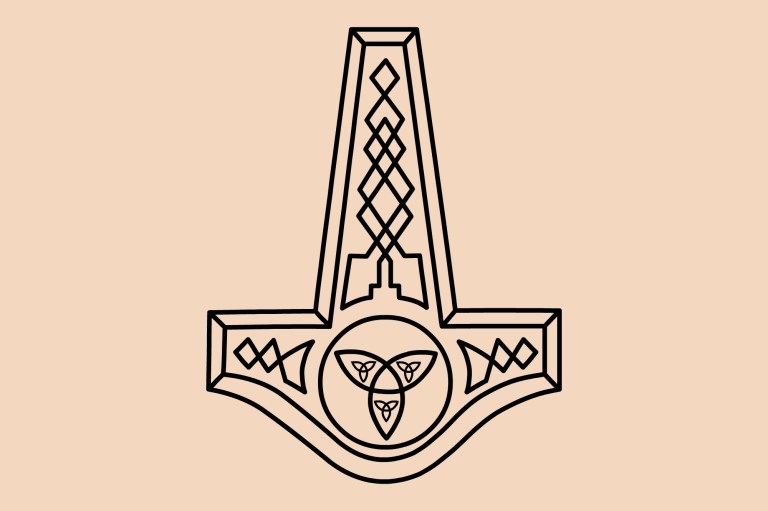
Vegvisir
The Vegvisir, orThat Which Shows the Way, is also known as the Viking compass.
This Norse symbol is meant to act as a guide.
As long as this Viking compass was present, then one would arrive to their destination safely.

This is why it would be drawn on Viking ships before setting sail.
It assured Vikings would come home safely.
Valknut
The Valknut symbol is a representation of the God Odin.
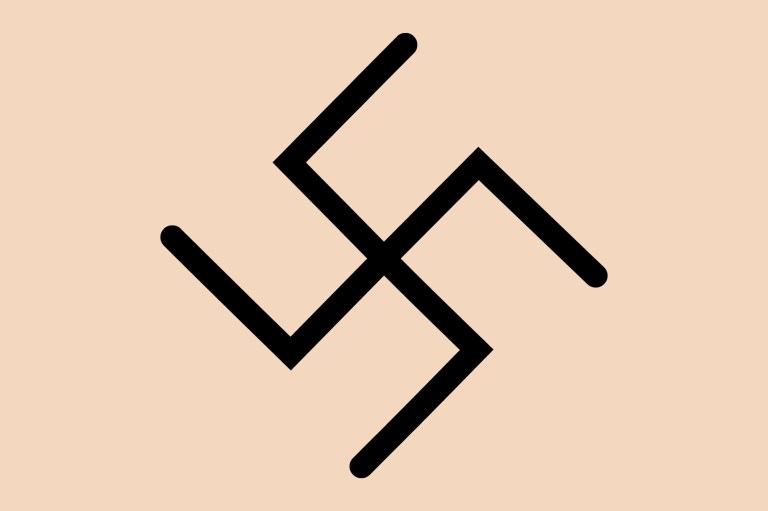
It is also called Odins knot.
This symbol commonly appeared on pictorial memorial stones and ship burials.
Itrepresentsthe transition from life to death and back again.
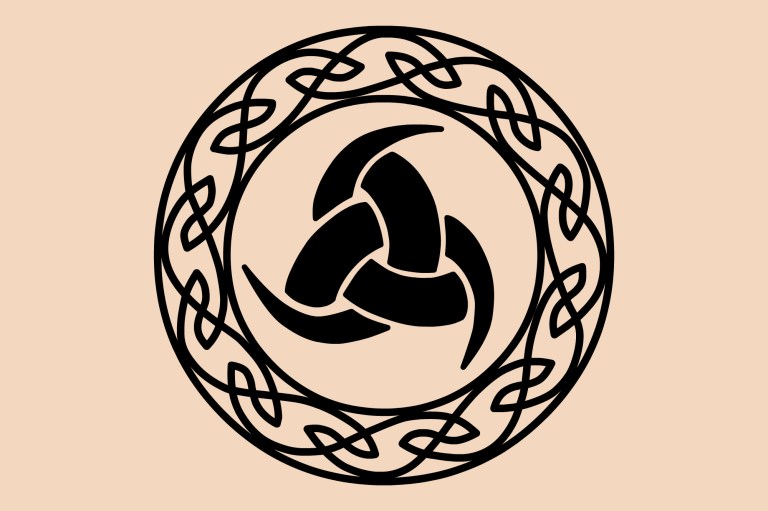
It also represents the power to bind and unbind.
Yggdrasil
This is the tree of life, also known as the world tree.
The branches extend over the nine worlds of northern mythology.
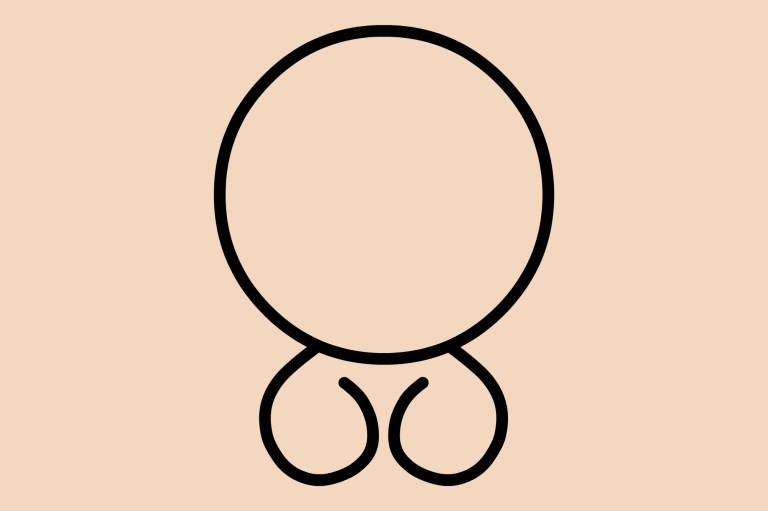
Yggdrasil is a massive tree that holds together the nine realms of existence with its branches and roots.
It reaches into the clouds and down into the underworld.
It represents life, growth, and connection between all living things.

More Norse Symbols
The symbols above are some of the most famous Viking symbols in existence.
However, there are other symbols that are important to them.
Axes are the weapons Vikings used on the battlefield.
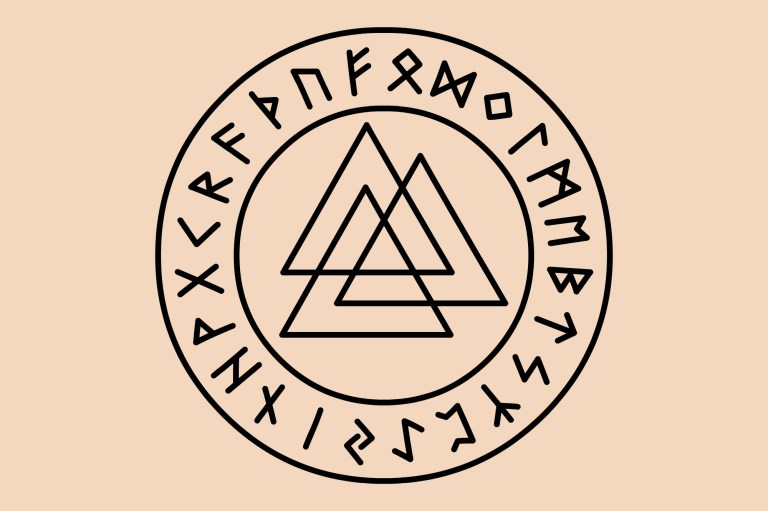
They have a single edge and a bottom shaped like a hook.
Dragons were commonly meant tosymbolizebrute force.
Thats why Viking longships were called Dragon Ships.
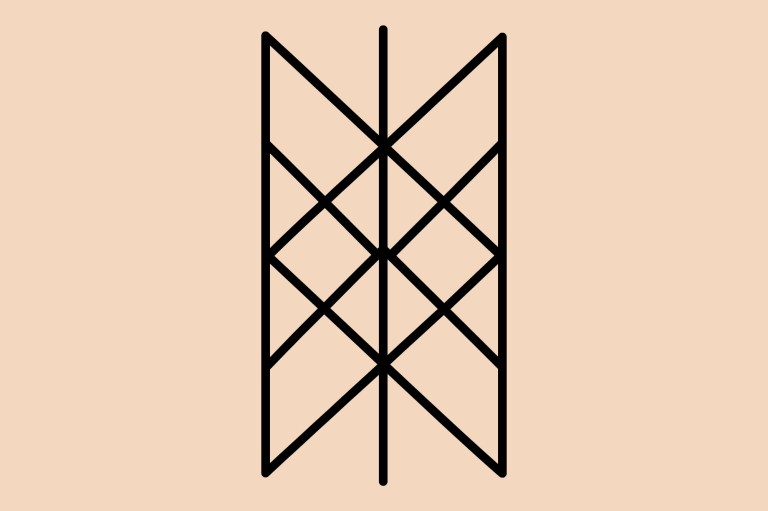
The bear inspired berserkers, who represent the most popular and the best-known class of the Vikings.
Skiblanir
This was the ship of all the Norse gods.
The name translates toassembled from thin pieces of wood.It is sometimes spelled as Skidbladnir or Skithblathnir.
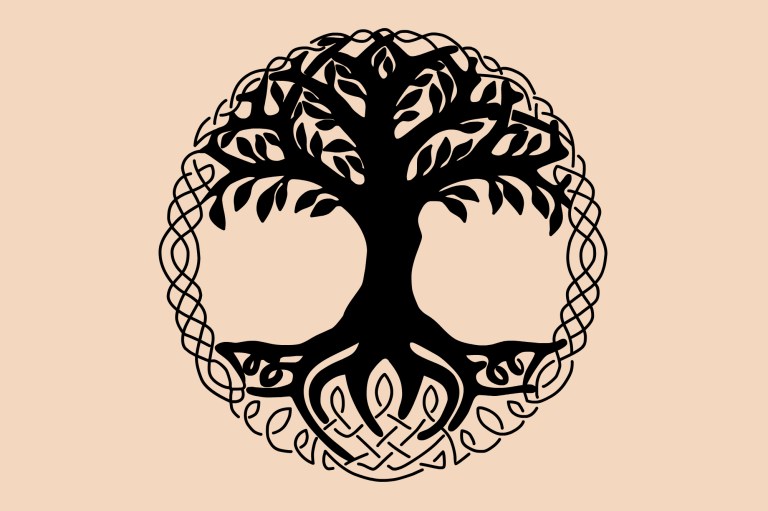
Aegishjalmr
This is one of the most famous Viking symbols.
This symbol is mentioned in Norse sagas regarding the deeds of Viking heroes.
This symbol is drawn as a protection symbol or a symbol of identification.
Unsplash / zhao chen
It can also come in the form of a tattoo.
Jormungandr
This is a giant serpent.
It encircles the seas of Midgard.
Unsplash / Jason Abdilla
Prophies said that he would fight against Thor in a battle to the death.
Eitri threw a pigs skin into a furnace as Brokkr worked on the bellows.
Saehrimnir
Shrimnir is the creature killed and eaten every night by the sir and einherjar.
Unsplash / Vlad Zaytsev
Andhrimnir, the cook of the gods, is responsible for the creatures slaughter and preparation.
After it is eaten, its brought back to life again the next day.
Sleipnir
In the Viking age, this was an eight-legged horse ridden by Odin.
Unsplash / Becca
This animal is referred to as the best of all horses.
It is sometimes ridden to the location of Hel.
Fenrir
This was a wolf, who was one of the most frightening creatures in Norse mythology.
Unsplash / Steinar Engeland
The gods tried to bind him, but Fenrir broke every chain.
The gods had to place a sword in his mouth to stop him from snapping.
From his drooling mouth, a river called Van flowed so he could take revenge.
Unsplash / Lucas Lenzi
Cats
The Vikings believed cats were spirit animals of the Vanir goddess, Freya.
She was the goddess of love, sex, and romantic desire.
However, she was also a fierce goddess of war.
Unsplash / David Clode
She rode into battle on her wild boar, Hildisvini.
After all, the movies dont always get it right.
What youve seen on the big screen could be misleading.
Unsplash / Patrick Schaudel
Vikings didnt wear horned helmets.
The movies youve seen about Vikings got their outfits all wrong.
The few, rare Viking helmets that were discovered didnt have horns on them.
Unsplash / Michal Balog
Viking women had some rights.
Women were expected to marry the person their parents picked for them.
However, they were allowed to divorce and remarry.
Unsplash / Helena Lopes
Unfortunately, most women died between 25 and 30 due to childbirth complications.
Vikings were known for their excellent hygiene.
Even though Vikings are commonly portrayed as dirty and rugged, that is far from the truth.
Unsplash / Grégoire Bertaud
They kept tweezers, razors, combs, and ear cleaners made from animal bones.
Viking men spent most of their time farming.
They spent a lot of time farming, so they could feed their family.
Unsplash / Malek Dridi
They also raised cattle, goats, and pigs.
Most days of the week are named after Norse gods.
Sunday and Monday are named after the sun and moon.
Unsplash / Gioele Fazzeri
However, Tuesday, Wednesday, Thursday, and Friday are named after Norse gods.
Vikings would ski to get around.
It was a common form of transportation for them.
Unsplash / Victor B.
They would also ski recreationally.
Viking men were usually blonde.
Vikings would use a strong soap with a high lye content to bleach their hair.
Unsplash / Flavius Les
Some men would also bleach their beards to match their hair.
Sometimes, these treatments also helped them eliminate head lice.
Vikings buried their dead in boats.
Unsplash / Ian Simpson
Vikings loved their boats.
They believed that the vessels that carried them through life would also support them through death.
That is why they were buried in their boats.
Unsplash / Wes Grant
Vikings only ate twice per day.
Their first meal, which was technically breakfast and consumed right after waking up, was known as dagmal.
Their second meal, eaten at the end of the day, was known as nattmal.
The victims of Vikings paid them to prevent them from attacking.
They would receive silver that added up to 27,000 kg of precious metal.
Vikings had three social classes.
Thejarlswere the nobility who owned large portions of land and livestock.
Thekarlswere freemen who made up most of the workforce.
And thethrallswere slaves who were forced into menial labor.
Vikings discovered many new lands.
After sailing west from Norway, the Vikings discovered the Faroe Islands in the North Atlantic.
They also discovered new areas in Iceland, Greenland, Newfoundland, and North America.


